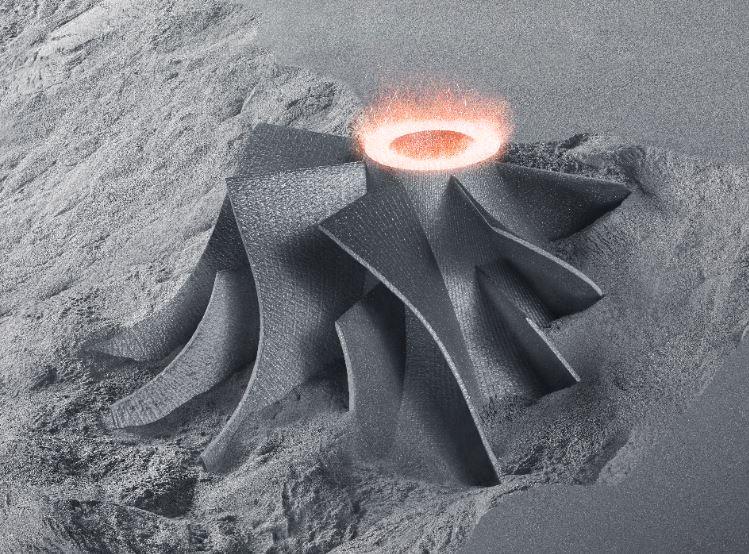Hexagon and Raytheon Technologies have partnered to deliver a simulation tool that will enable evaluation and optimization of metal additive manufacturing (AM) processes through the prediction of thermal history and defects at the laser path and powder layer scale.
More from the News
Combining technologies from Hexagon’s Manufacturing Intelligence division and Raytheon Technologies’ Pratt and Whitney business, the new software will predict defects before the expensive and time-consuming printing process begins. This analysis will help designers and engineers evaluate the print outcome and test combinations of materials, geometries, and print processes.
“We’ve partnered with Raytheon Technologies to deliver an intuitive and accessible tool that will help engineers quickly predict and mitigate risks,” said Jeff Robertson, Hexagon’s director of global business development. “The ability to evaluate full laser powder bed fusion (L-PBF) parts on the meso-scale will reduce the effort to achieve part certification and thereby support industrialisation of metal 3D printing.”
The software will be made available to a range of companies engaged in additive manufacturing and will be complementary to Hexagon’s existing Simufact Additive tool. The similarity to the existing user interface will allow easy integration into existing manufacturing processes by users without the need for extensive training.
“By combining our additive manufacturing expertise with Hexagon’s we’re bringing a solution to market that helps manufacturers with all levels of experience make better products with greater efficiency,” said David Furrer, Pratt & Whitney senior fellow for materials and processes.
Subscribe to AM Chronicle Newsletter to stay connected: https://bit.ly/3fBZ1mP
Follow us on LinkedIn: https://bit.ly/3IjhrFq
Visit for more interesting content on additive manufacturing: https://amchronicle.com


